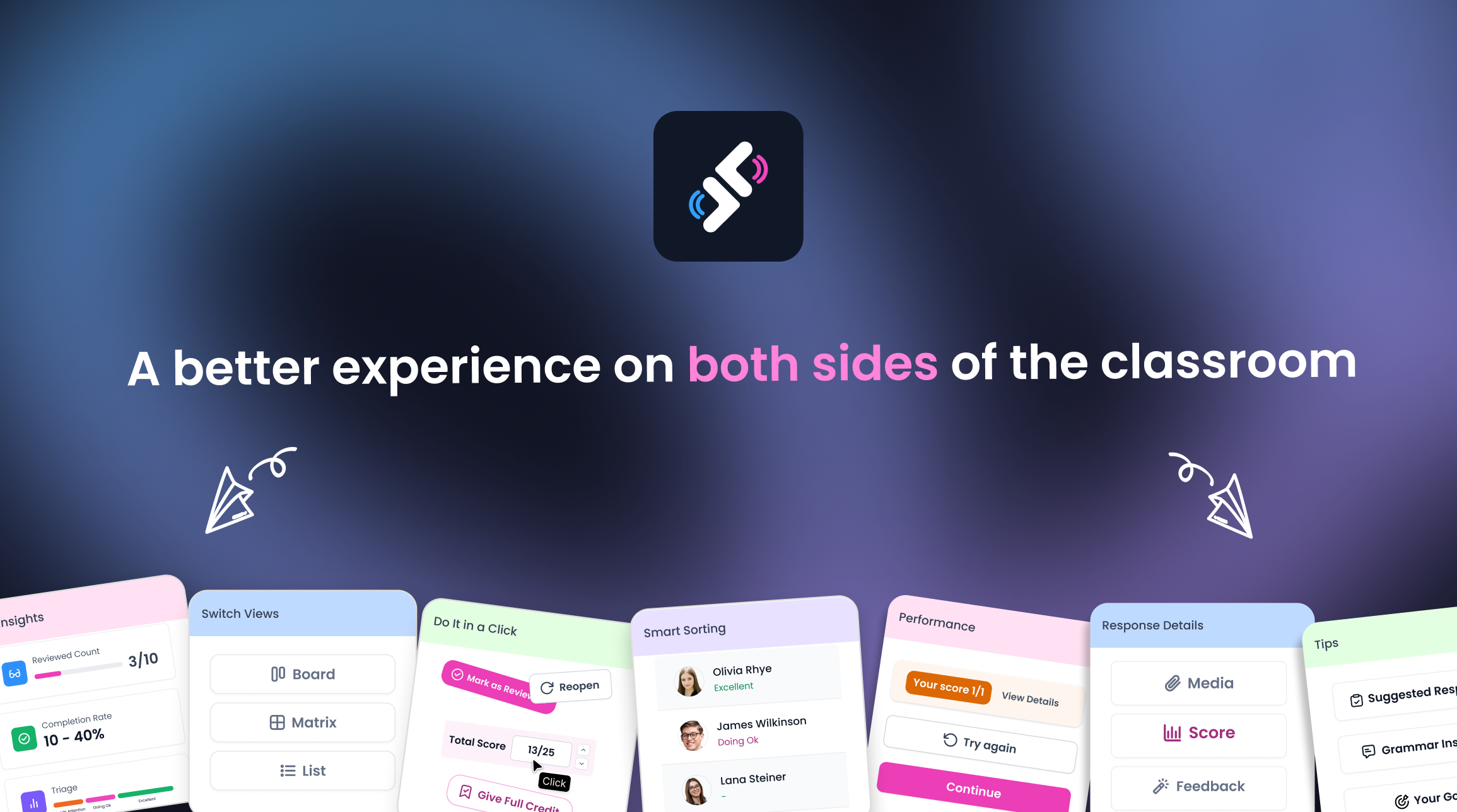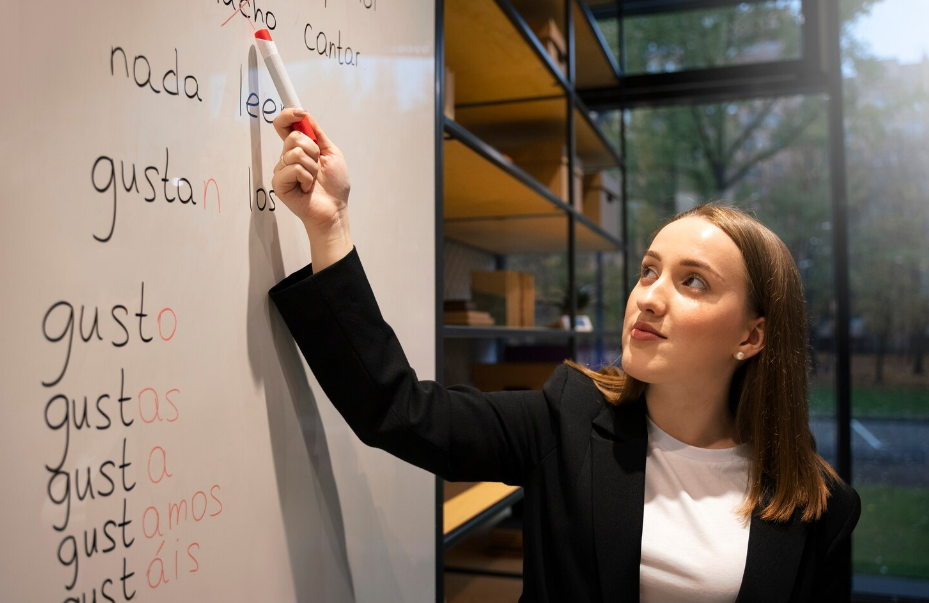AI in Education
AI is no longer something “extra” in the classroom. In 2026, it’ll become the quiet assistant that helps teachers plan faster, reduce workload, and give students more meaningful attention.
Practical ideas, research, and product tips to help you teach with clarity and confidence.













